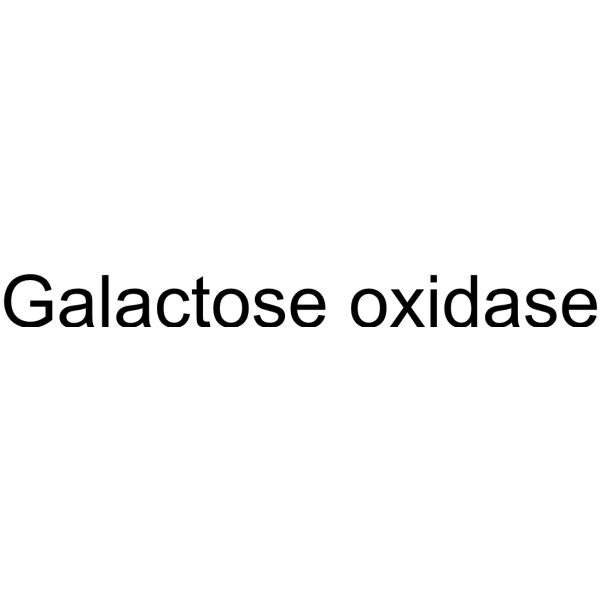Galactose oxidase

Galactose oxidase structure
|
Common Name | Galactose oxidase | ||
|---|---|---|---|---|
| CAS Number | 9028-79-9 | Molecular Weight | N/A | |
| Density | N/A | Boiling Point | N/A | |
| Molecular Formula | N/A | Melting Point | N/A | |
| MSDS | Chinese USA | Flash Point | N/A | |
Use of Galactose oxidaseGalactose oxidase (GOase) from fungus is often used in biochemical studies. Galactose oxidase is a type II copper metalloenzyme, and it containing a single polypeptide. Galactose oxidase catalyzes two-electron oxidation of primary alcohols to their corresponding aldehydes, coupling with the reduction of dioxygen to hydrogen peroxide[1]. |
| Name | Galactose oxidase |
|---|
| Description | Galactose oxidase (GOase) from fungus is often used in biochemical studies. Galactose oxidase is a type II copper metalloenzyme, and it containing a single polypeptide. Galactose oxidase catalyzes two-electron oxidation of primary alcohols to their corresponding aldehydes, coupling with the reduction of dioxygen to hydrogen peroxide[1]. |
|---|---|
| Related Catalog | |
| References |
| Storage condition | 20°C |
|---|
| RIDADR | NONH for all modes of transport |
|---|
|
Functional and anionic cellulose-interacting polymers by selective chemo-enzymatic carboxylation of galactose-containing polysaccharides.
Biomacromolecules 13(8) , 2418-28, (2012) Carboxylated, anionic polysaccharides were selectively prepared using a combination of enzymatic and chemical reactions. The galactose-containing polysaccharides studied were spruce galactoglucomannan... |
|
|
Glycoproteomics enabled by tagging sialic acid- or galactose-terminated glycans.
Glycobiology 23(2) , 211-21, (2013) In this paper, we present two complementary strategies for enrichment of glycoproteins on living cells that combine the desirable attributes of "robust enrichment" afforded by covalent-labeling techni... |
|
|
In vivo enzyme immobilization by inclusion body display.
Appl. Environ. Microbiol. 76(16) , 5563-9, (2010) A novel strategy for in vivo immobilization of enzymes on the surfaces of inclusion bodies has been established. It relies on expression in Escherichia coli of the polyhydroxybutyrate synthase PhaC fr... |